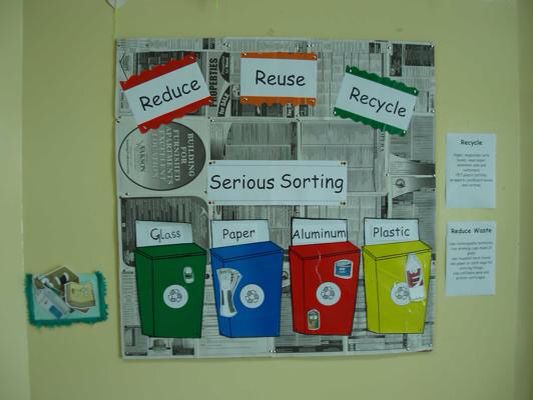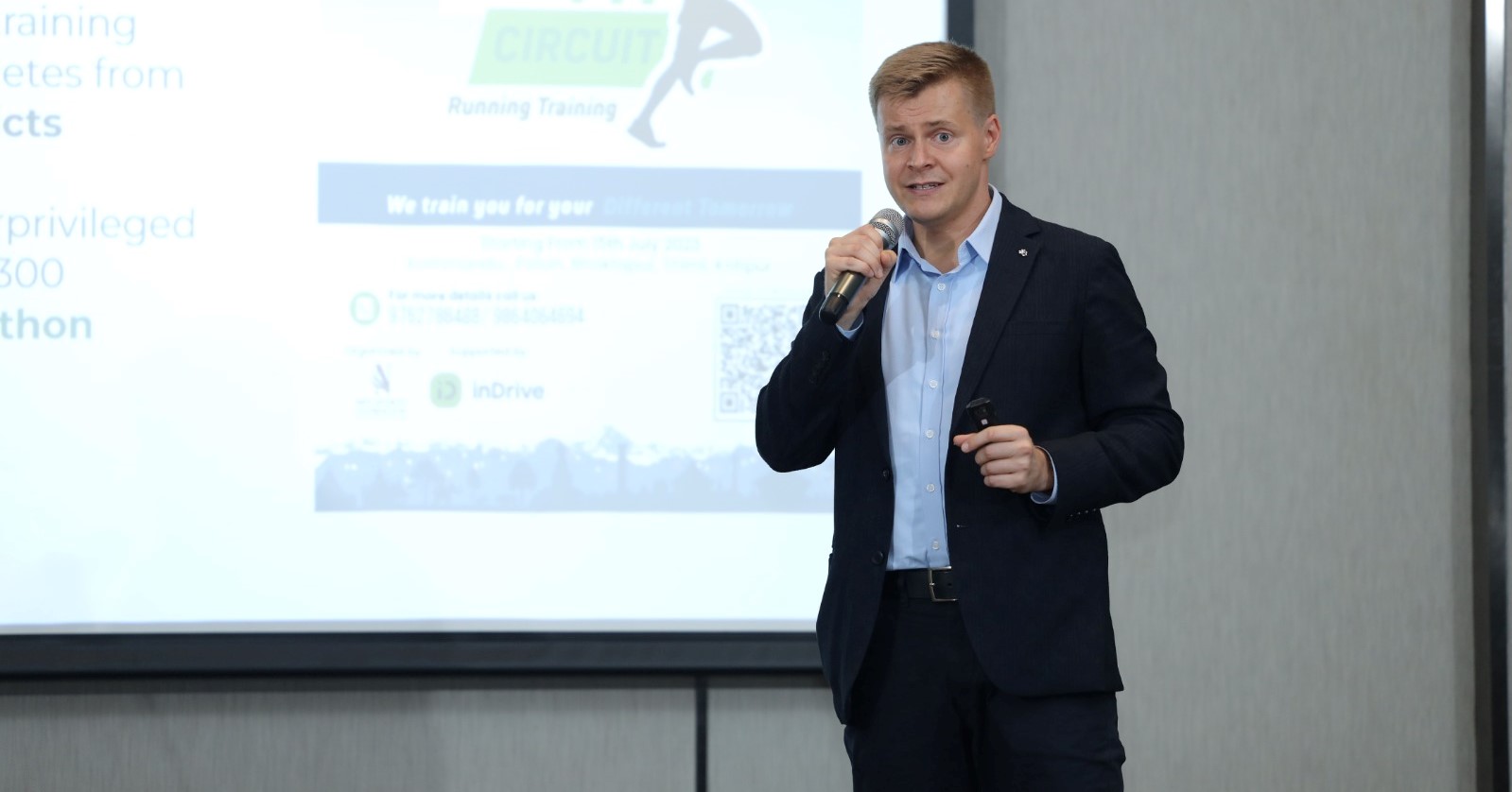Teaching in Eco-Friendly Classroom
- Bhoj Kumar Dhamala

 How to protect the environment is what worries the most environmentalists at present. They believe the end is soon if we do not take necessary precautions to stop the environmental crisis caused by the irresponsibility of the human beings. This is not too easy as we think but we can begin it from our classroom. Our text books have taught a lot about deforestation, and disasters caused by it to our students. They are better informed about it, and can write some good paragraphs on it as well, but we still lack providing eco friendly concept to them in our classroom teaching.
How to protect the environment is what worries the most environmentalists at present. They believe the end is soon if we do not take necessary precautions to stop the environmental crisis caused by the irresponsibility of the human beings. This is not too easy as we think but we can begin it from our classroom. Our text books have taught a lot about deforestation, and disasters caused by it to our students. They are better informed about it, and can write some good paragraphs on it as well, but we still lack providing eco friendly concept to them in our classroom teaching.
The lately flourished eco friendly approach refers to a friendly and healthy relationship between human being and his surroundings. It is the responsibility of every human to take good care of his or her surrounding environment. Eco-friendly practices and products inflict no threat to the environment. Products and practices conserve and protect natural resources. They have the least negative impacts on land, water and air. The products are nature friendly, and contribute less harm to the environment. Now, the question may arise how can one make the conventional classroom eco friendly and smart? Does it need extra effort? Are there other worrying things to consider? One might suspect it might be costly to manage.
No. Not at all. With the minimum use of teaching resources a teacher can make his classroom smarter, better, and effective than before. Reduction of the paper waste, discouraging the students bringing plastic bags, starting a zero waste classroom policy, helping the student to make his lunch time green may do a lot at the initial time to make the classroom environmental friendly. The use of bin in the classroom for the collection of wastage also helps making the classroom fresh and clean. The next step would be providing the concept of RRRs (Recycle, Reuse, and Reduce). Managing a garden and additional bins on the ground for waste collection in the school premise would be the added asset. It helps children develop a connection to the environment, through both learning and experience. This is cost effective and requires no additional effort.
We are in the age of information and technology. Though little bit costly, the teacher can replace his marker board with smart board and make his classroom digital by maximizing the use of technology. We have done a lot of paper pencil work in our life but for now the teacher can replace his conventional approach of teaching. Instead of giving students paper pencil assignments, he can make a student plunge into the vast realm of virtual world. Use of technology in the classroom helps in less use of paper which is direct help for nature conservation; hence paper is made from trees. The teacher can revise his syllabus and make it online so that the students can read online and allowing the students submit their assignments online.
Present generation is smarter, better, and more advanced. Teaching such generation with innovative concept is always fun for the teachers and has always been. Most of the teachers in their career think that they are serving the best to produce well behaved, well learnt, and responsible citizens for the nation. This is just enough and a lot is yet to be done. Protection of the nature and its resources for keeping our surrounding green can begin from the classroom and it is mostly possible with the teachers.
Bhoj Kumar Dhamala is M.Phil Scholar.





Feedback